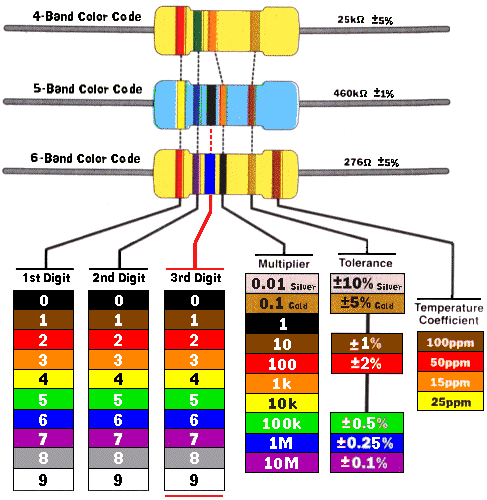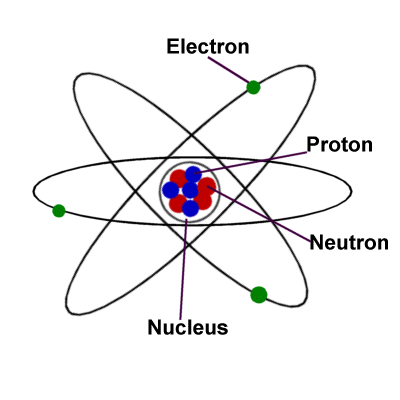
Basic Electronics For Beginners



COPY AND PAST THIS COLOR CODE







Light EMITTING DIODE (LED)
WHAT IS ELECTRICITY
REGULAR DIODE
REMEMBER: Conductors move electrical current (Like metal or Copper) THIS FIRST VIDEO IS SLOW, but will teach you everything you need to know about electricity to get started. Next videos are more modern.

Remember opposites attracted, so if one Atom looses electrons that Atom is attract to the positive one and vise versa. So if you rub a balloon on your hair electrons leave the balloon and enter your hair atoms. When you get the balloon close to your head again, you can see how the positive electrons want to regain with the negative ones lifting your hair towards the balloon!
RESISTOR
The future of all light bulbs, brighter and longer lasting!
SHORT video will tell you everything you need to know about LEDs and how they work. (By Youtube star MAKE)

PART ONE COMPLETED
Resistance is measured in ohms!
You will see more of why they are used in the next section about AC & DC power.
COPY AND PAST
REVIEW
-
Conductors move electrical current (Like metal or Copper)
-
Inductor is also a conductor but in the form of a coil used in varying current (like a diode).
-
Current is moving electricity.
-
Voltage is the Potential force of electricity.
-
OHMs is resistance symbolized by I or R.
OHMS LAW! V=IR
If you have made it this far, GREAT JOB! Now apply some of those skills in Hardware Mods. Now when you take things apart you will understand most of the main components. By part two you will understand 90% of what is in all electronics.
Use OHMs law to find missing informations and variables. This can accomplished in real life wirh a Multimeter.
AC & DC POWER



All electronics use D.C power because its easier to manipulate. So to turn A.C. into D.C. you can use a Wall Wart or a diode, make sense? If not message me HERE
This Khan Academy is not necessary, I just want to show you how to calculate opposite atoms attraction to each other.

If you need a break, now is a good time. Remember Rome wasn't conquered in a day. What that has to do with electronics... I don't know.
TRANSISTOR
BYTES & BITS
CAPACITOR
Inductor
ICs and the 555 timer
SWITCHES
HOW TO READ SCHEMATICS
Fiber Optics
SOLDERING
BREADBOARDS & PERFBOARDS
PART TWO COMPLETED
CONGRATULATIONS YOU MADE IT TO PART THREE




